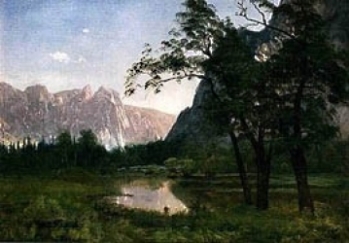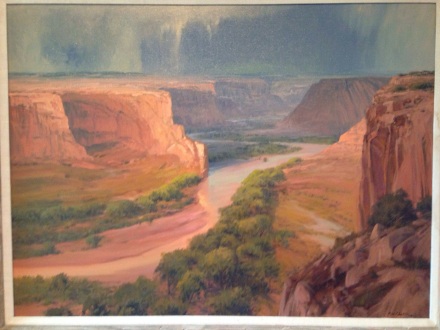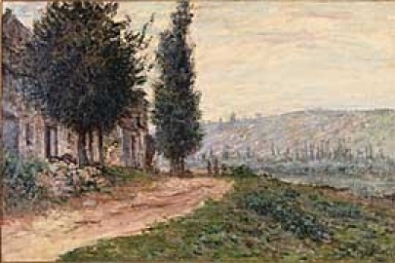I believe nature to have both intrinsic and instrumental value. As humans continue to grow in numbers, the argument arises as to which value is more important. It is a fight that weighs people’s livelihoods against the intrinsic value of nature. The issue of conservation comes into play as people look find the most acceptable attributes (or species) of nature to neglect for their own self-interest.
Dr. Marvier in her paper with Hazel Wong began by discussing the “Golden Era” of environmentalism, spanning from 1965 to 1980. During this period she attributed the passage of Clean Water, Clean Air, and Endangered Species Acts to strong public and bipartisan support. Such support does not exist today. Opinions on the environment have become “divisive and partisan” according to Marvier. The public views environmental regulation as threats to livelihood, which is not aided by Environmentalists vilifying farmers, miners, ranchers, loggers and fishermen. This feud is detrimental to the efforts of conservation, forcing people to choose between their wallets and the environment.
Public opinion on the conservation of species and nature is a matter of public ethics. As in the “Golden Era”, public and bipartisan support is necessary to achieve any substantial feats in conservation. Protecting the environment is expensive, and often comes at the cost of industry. In her paper, Dr. Marvier cites a survey in which 76.3% of 786 respondents agreed that “We can protect land and water and have a strong economy with good jobs for Americans at the same time, without having to choose one over the other.” (Marvier, Wong). In order to protect the environment without cost to the economy, there must be cooperation between environmentalists, both parties of government, and the industries that benefit from using the environment. The government cannot flip the bill of conservation on its own. However, it can create a combination of regulation and subsidies to encourage industries to handle their methods in a way that conservationists can be happy about. I believe this to be the most realistic approach to promoting conservation. People appreciate both the intrinsic and instrumental value of nature, however they will typically act in favor of self-interest, business is no different. To gain the support of the public, there cannot be the question of environment or economy. Due to the increase in human population and life-style standards, the conservation of species will require someone to take a loss. If the economy is not to struggle, it is the job of the government to distribute that loss between itself, industry, and the American taxpayer. Only then will people be able to feel enthusiastic about conserving the intrinsic value of nature.
Reference:
Marvier, Michelle & Wong, Hazel (2012) Resurrecting the Conservation Movement. Journal of Environmental Studies and Sciences, ISSN 2190-6483. doi:10.1007/s13412-012-0096-6



 Jim Waid U.S., b. 1942 Mescalito, 1987 Acrylic on canvas Fred Jones, Jr. Museum of Art, University of Oklahoma
Jim Waid U.S., b. 1942 Mescalito, 1987 Acrylic on canvas Fred Jones, Jr. Museum of Art, University of Oklahoma 


